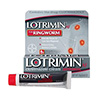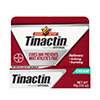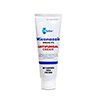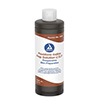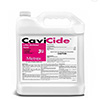Favus in Chickens: Risks & Ringworm Treatment
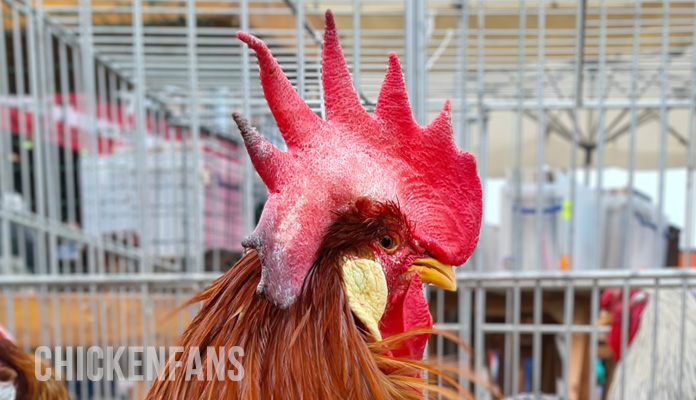

Favus or ringworm is a fungal disease that causes white powdery spots on a chicken’s comb and wattles. Although the fungus is rather rare in humans these days, favus occasionally pops up in backyard flocks worldwide.
We discuss the symptoms and how to treat your flock.
What is Favus in Chickens?
Favus or avian ringworm is a fungal infection that starts as small white spots on a chicken’s comb and spreads to form large powdery white spots. Chickens usually heal within ten weeks, but in severe cases, the condition can spread to feathered areas and cause respiratory issues.
Symptoms of Favus in Chickens
The symptoms of favus in chickens are:
- white powdery spots on a chicken’s comb and wattles
- crusty and scabby comb and wattles
- thick, crusty skin with hardened areas
- chalky, white, moldy layers on the comb
- feather loss and crusty skin around feather follicles
- black spots on the comb from healing wounds
The infection looks like sprinkled flour on the comb and/or wattles in the early stages. The disease then spreads in circles around infection spots, and the white spots fall off. This results in wrinkled crusts.
Severe cases
Most chickens recover on their own when the disease is left untreated. However, the fungus can spread to the feathered skin. This creates crusty wounds, also known as favus cups.
In severe cases, the fungus can spread to the beak and eyes and cause yellow pus in the respiratory tract.
A veterinarian can diagnose favus by examining spores when culturing a smear of the fungus.
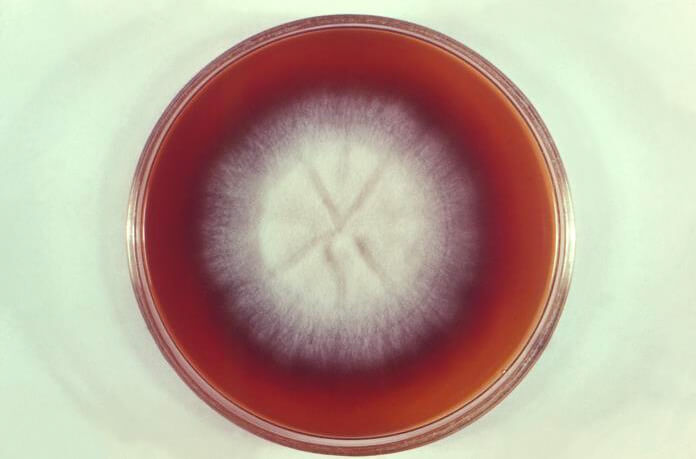
Source: Dr. Lucille K. Georg/CDC
Causes of Favus in Chickens
The condition is caused by the fungus Microsporum gallinae. It’s rare in commercial poultry farms but occasionally pops up in backyard flocks.
Although favus is called ringworm, it’s not caused by a parasitic worm. It’s called ringworm because human infections create circular rashes on the skin.
Chickens get infected when the fungus invades the unfeathered parts of the skin.
The name is based on the appearance of the infection in humans.
Chickens get infected when the fungus invades the unfeathered parts of the skin.
Transmission of Favus
The primary form of transmission is direct physical contact. However, the fungus spreads very slowly. It’s not uncommon to see the condition only affecting a single chicken in the flock.
The fungus primarily affects chickens but can infect turkeys and other fowl. It’s very rare to see infections in humans, but it’s possible. This typically results in honeycomb skin: groups of crusty patches.
Microsporum gallinae is widespread and affects flocks worldwide. However, it prefers warm areas with high humidity.
Treatment of Favus in Chickens
Mild infections of favus normally heal within ten weeks, sometimes even without treatment. The chicken coop can get infected, so it’s important to separate the infected birds and disinfect the housing, feeders, and waterers.
- LOTRIMIN RINGWORM CREAM: Carefully clean the white spots and crusts and remove dead skin. Apply on the infected areas twice a day until the infection clears. Wear gloves and wash hands after treatment.
- TINACTIN ANTIFUNGAL TREATMENT: Carefully clean the white spots and crusts and remove dead skin. Apply on the infected areas twice a day until the infection clears. Wear gloves and wash hands after treatment.
For severe cases, you can use an antifungal cream with miconazole which you apply daily until the infection has recovered. Additionally, iodine tincture may also be used to reduce the risk of infection.
- MICONAZOLE NITRATE 2%: Carefully clean the white spots and crusts and remove dead skin. Apply twice a day until the infection clears. Wear gloves and wash hands after treatment.
- POVIDONE IODINE: Apply on the infected areas once a day until the infection clears. Wear gloves and wash hands after treatment.
Extreme severe cases can not be treated successfully, so culling the infected chicken is necessary to avoid further infection of your flock. Always ask a veterinarian for advice when dealing with extreme cases.
Disinfect Chicken Coop and Supplies
It’s important to disinfect all materials that have been in contact with infected birds, such as waterers, feeders, coops, and nesting boxes. Several disinfectants available on the market have been proven effective in killing favus and sanitizing your coop and surroundings.
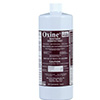
Oxine
Sanitizer. Effective against a broad spectrum of bacteria
Bio-Cide International
BUY ON AMAZON

AMAZON
- CAVICIDE: Fill a trough with the CaviCide solution, place it outside the chicken coop and let any visitor dip their boots or shoes in the solution for at least two minutes. Use a spray bottle to disinfect work materials.
- OXINE: Activate the Oxine by mixing 3 1/4 fl. oz of Oxine and 10 grams of Bio-Cide Activator Crystals or food grade citric acid like white vinegar. Let the solution rest for five minutes and add one gallon of clean water. Always read instructions carefully.
Favus Fungus
The favus fungus was the first human fungal disease ever discovered in 1839. When antifungal creams and sprays got widespread in the 20th century, human infections became rare in most parts of the world.
Although Microsporum gallinae is the most common causing agent of favus, there have been some other fungi isolated that can also cause ringworm. All these fungi are zoophilic: they very much prefer chickens over humans.
The fungus affects all kinds of chickens, whether they are oriental breeds or a backyard flock of game chickens.
Summary
Favus or avian ringworm is a fungal infection causing small white spots on a chicken’s comb. The infection spreads slowly, and most chickens heal within 10 weeks. The infection can be treated with antifungal creams and rarely affects humans.
Further Reads
While favus creates white spots on the chicken’s comb, there are several other reasons for black spots on a chicken’s comb.

Dr. M. Tanveer is a licensed veterinarian with several years of experience with chickens. He got his degree from the Faculty of Veterinary and Animal Sciences of the Islamia University of Bahawalpur and has firsthand experience as a veterinarian on broiler breeder farms.
